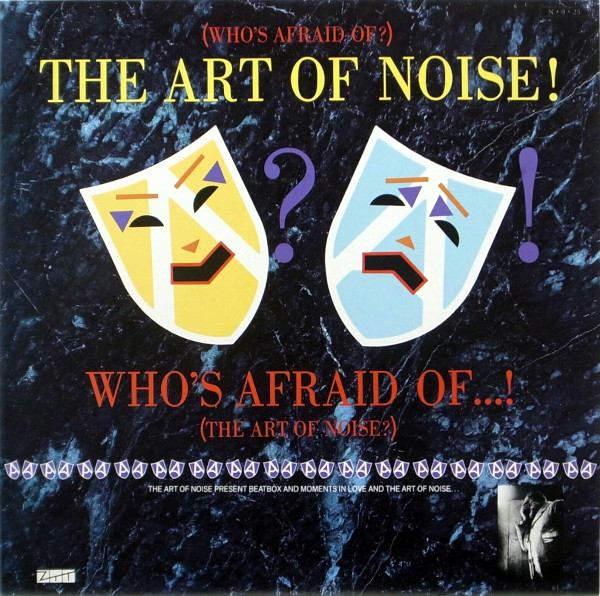In the vibrant musical landscape of the 1980s, amidst the rise of new wave, synth-pop, and post-punk, a niche band emerged, pushing the boundaries of sound and reshaping the very concept of music. The Art of Noise, helmed by the visionary producer Trevor Horn, transcended traditional notions of song structure and instrumentation, embracing experimentalism and sonic innovation. This article delves into the career of The Art of Noise, exploring their groundbreaking contributions and the lasting impact they have made on the music industry.
The Art of Noise was conceived in 1983 as a collaborative project between music producer Trevor Horn, his wife Jill Sinclair, programmer and musician Gary Langan, and composer and arranger Anne Dudley. With Horn’s expertise in music production, having worked with renowned acts like Yes and Frankie Goes to Hollywood, the band set out to explore uncharted territory by combining elements of electronic music, sampling, and unconventional sound manipulation.
The Art of Noise’s music was a sonic revolution, characterized by a unique blend of synthesizers, intricate drum programming, sampled sounds, and unconventional noises. They harnessed the power of technology to deconstruct and reconstruct familiar sounds, infusing their compositions with a distinct avant-garde quality. Their pioneering use of sampling, particularly in their landmark track “Moments in Love,” showcased a level of creativity and experimentation that was unheard of at the time.
Trevor Horn’s production prowess played a pivotal role in shaping the band’s sound. He employed cutting-edge techniques, such as the innovative use of the Fairlight CMI synthesizer and digital samplers, to create groundbreaking sonic landscapes. The band’s willingness to embrace unconventional sounds, including industrial noises, vocal snippets, and film dialogue, resulted in a sonic palette that was both challenging and captivating.
Chart Success and Collaborations: Despite their niche approach, The Art of Noise achieved considerable chart success. Their debut album, “Who’s Afraid of the Art of Noise?,” released in 1984, spawned the hit singles “Close (to the Edit)” and “Moments in Love.” The band also collaborated with renowned artists such as Duane Eddy, Max Headroom, and Tom Jones, expanding their sonic repertoire and pushing creative boundaries further.
The Art of Noise’s impact on the music industry cannot be overstated. Their innovative use of sampling and manipulation techniques paved the way for future artists and genres, particularly in electronic and dance music. Their influence can be heard in the works of artists like Björk, The Prodigy, and Aphex Twin, among others, who embraced experimentation and sonic exploration in their own compositions.
Although The Art of Noise’s most prominent period was in the 1980s, their influence and creative spirit continued to resonate beyond that decade. Their music has found a place in film soundtracks, commercials, and remixes, solidifying their status as pioneers of sonic innovation. Trevor Horn, in particular, went on to have a successful career as a producer, working with iconic acts such as Seal, Robbie Williams, and t.A.T.u., further cementing his legacy in the music industry.
The Art of Noise, led by the visionary Trevor Horn, challenged the status quo and redefined the boundaries of music in the 1980s. Through their innovative use of sampling, electronic instrumentation, and unconventional sounds, they created a sonic landscape that captivated listeners and inspired countless artists to push creative boundaries.
You may also like these Niche Music Drops
-
From Poland to the World: PAAB Becomes First Singer-Songwriter Signed to Cafe De Anatolia with ‘Alchemic Love EP’
-
International by Kirz Blends Afrobeat and Reggae with Soulful Storytelling
-
The Goldy lockS Band’s ‘Textbook’ Rocks Hard While Delivering a Sharp, Relatable Message
-
This Weeks Editor’s Choice: Giuseppe Bonaccorso’s “L’Ombra della Terra” Explores Shadows, Freedom, and Transformation
-
Single of the Week: Oktavvia’s Can You Read My Mind? Sets the Standard for 2025 Pop

